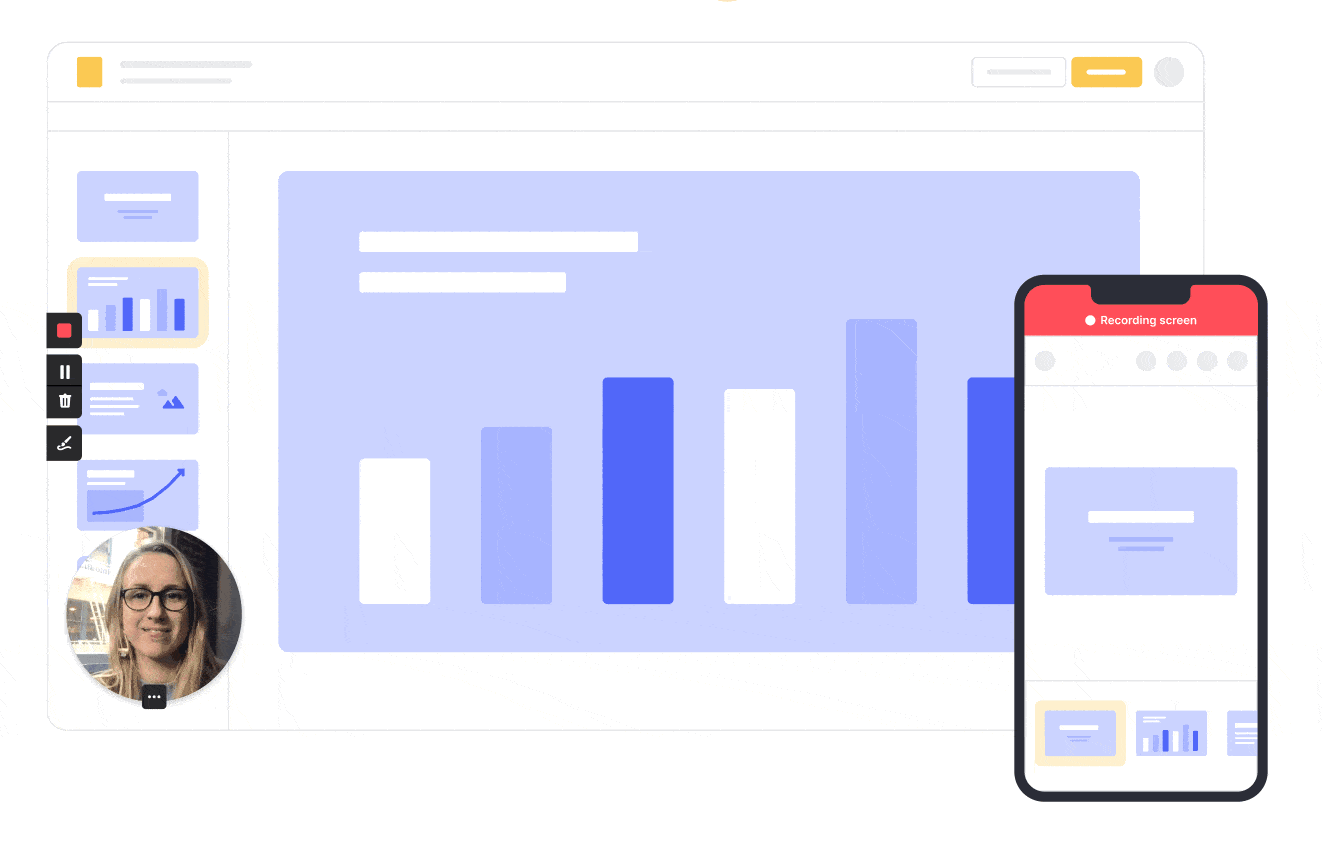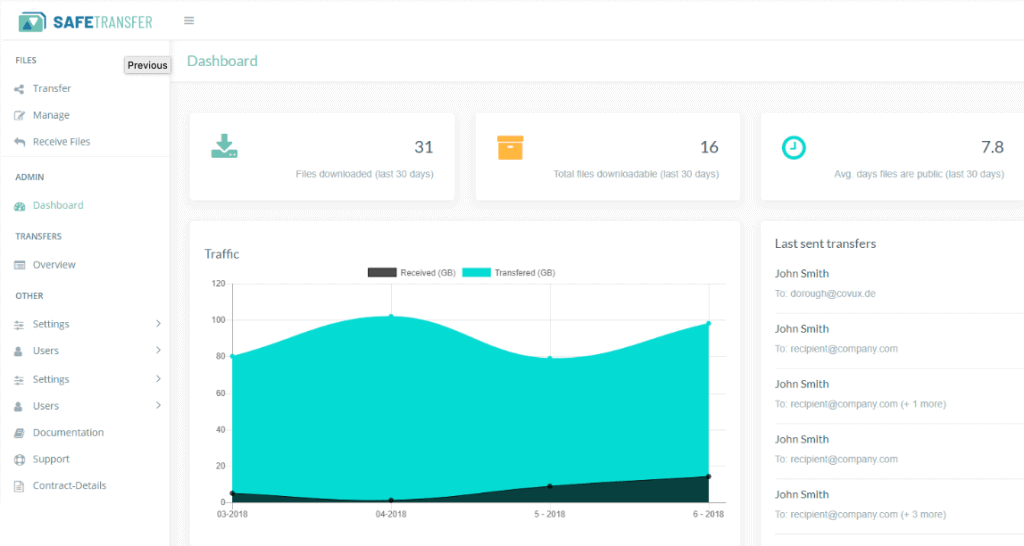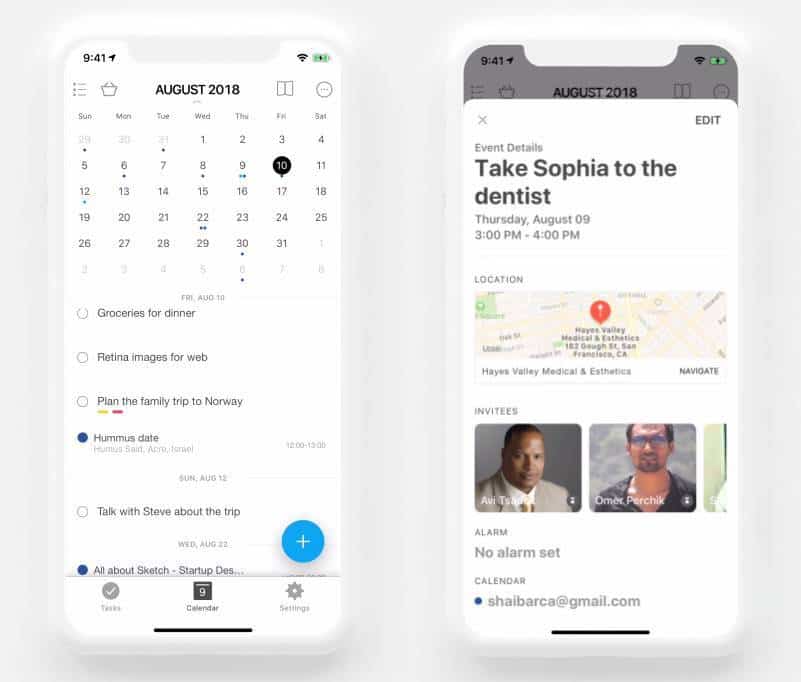
The topic of homework is present across all sectors like never before. But regardless of the blockage of contacts in times of coronavirus, the home office for self-organization and communication with dear colleagues presents you with entirely different challenges than in the office.

It is essential to stay focused on the kitchen table, childcare, and the seductive fridge. Digital workers are lucky enough to be able to fall back on numerous sophisticated solutions that help to keep track of the tasks and facilitate teamwork.
Communication and accessibility
If the “quickly go over there” to the neighboring office for informal consultation is missing, it is not only the social interaction that is lacking. Short meetings, which only take a few seconds on-site, can become time-consuming email correspondence, which causes confusion and frustration. This is where messenger programs like Slack or Microsoft Teams help, which keep the digital paths to the colleague around the corner short.
Microsoft Teams has recently grown in popularity and is experiencing high growth rates.
The structured chat overview facilitates personal arrangements as well as small contributions in working groups. You can easily share documents or set up surveys.
Slack and Microsoft teams also help with the display of the work rhythm. The colleagues are at the table right now, or you cannot answer because you are in a conference call?
With the help of these chat programs, you can easily keep your status (absent, busy) up to date and thus avoid “unwanted” disruptions.
Tip: Always use only one chat program for work. If you always have to jump back and forth between Skype and Slack, you quickly lose track of what, where, when, and how it was communicated.
A precise (written) language also needs to be learned. The context is quickly lost in digital communication, and things can be misunderstood; after all, the others cannot see what you have on the screen yourself. Accuracy is essential in written communication, and the context should always be described. For example:
- The URL / page
- Screenshots help to visualize a problem.
- Links to the “map” in the project management tool
- The task you are currently working on
- Customer feedback
Video conferencing
Meetings with the team are often so complex and time-critical that a real conversation (simultaneous communication) is essential.
Video conferencing is not the same as sitting in the same room with one person. However, this also creates a specific structure in working life.
When the kids are screaming and raging in the background: The Krisp app suppresses disturbing background noises in video calls.
Also, screens and self-made video presentations can be easily shared in Circuit (a German provider), Slack, Microsoft Teams, Skype, Zoom, or Whereby, so everyone can follow them. This makes it easier to illustrate questions or to develop presentations seamlessly from everyone.
Larger meetings can also be structured well if only the participants who are currently speaking activate their microphones. This improves the conversation quality for everyone and provides a clear framework for speaking out.
Record screenshot videos
Sometimes a problem can best be explained by recording a short video. In addition to the Mac app Screenflow, the cross-platform app Loom is particularly suitable for this.

Image source: Loom.com
Loom can be used to create short videos, among other things, in which you explain what you have worked on today. This helps teamwork tremendously. Project presentations can also be transmitted so wonderfully and in detail – an excellent tool for customer and project acquisition as well.
Project and time management
Doing your work efficiently is perhaps the hardest job of all. Maybe you remember having to do some shopping. Or the whole daily rhythm changes because you start working an hour later. Also, the game console is only 2-3m away from the workplace. And then all the dystopian news that is difficult to avoid. Everything is just a click away.
You can list your own time and task organization in a TXT file or Evernote.

The Kanban board in Paymo. Screenshot: Dr. Web
Project management with the team is supported by tools such as Paymo, Trello, Hive, Monday.com, Notion, and Asana, which come with precise schedules and a progress bar.
If you want to know how to use the entire MS Office package in a goal-oriented way for self-organization, you can find helpful step-by-step instructions on calendar tools and Microsoft’s best to-do list helpers here.
Storage and data exchange
Up-to-dateness and networking are essential to give everyone involved mobile access to critical documents. Permanent synchronization of everyday processing objects must also be guaranteed at all times.
Numerous cloud services such as Owncloud (a German provider), Google Drive, One Drive, or Dropbox help here.

Services such as Safetransfer.eu or Wetransfer are available for the exchange of large amounts of data. About data security, in particular, it is advisable to rely on German providers.
Distractions, breaks, and productivity
The data exchange is running, all team members are well connected, but somehow the focus is missing at home? It can be challenging to find a productive rhythm within your own four walls.
If you have the feeling that you are prone to straying without the social control of the office and the precise structure of the working day, you will find helpful. Applications such as Rescue time or Stay Focused can monitor how much time is spent on which website – so time-wasters can be determined in a targeted manner.
Popular distractors such as Twitter and Facebook can be blocked here for a certain period. If you have thoughts like “the windows should be cleaned” in your home environment, you can note these ideas in note collections like Evernote – they are out of your mind at first, but are not lost. The same applies to work-related to-do lists or notes for later projects.

The Any.do calendar on iPhone.
But the opposite can also be the case: a project burns under your nails and you find yourself on your laptop until three in the morning? Even if mobile working makes it possible, everyone should take care to establish a permanently healthy working rhythm.
If you plan breaks early enough – for example, with a structured daily schedule in your calendar – and use them for exercise or creative distraction, you can concentrate on essential tasks throughout the day and have more of the well-deserved end of the day.
Mobile work – profit instead of makeshift replacement
To work satisfactorily in the home office, structure and communication are essential. This applies both to your work organization and to teamwork over distance.
With the conscious selection of the tools presented here, a clear framework can be put in place, which facilitates orientation and enables focus from the living room. Those who cycle through their day with balanced working and break times remain focused and reachable contacts at the same time.
The most important thing is that all team members use the same tools to create synergies and facilitate agreements. With the time gained in this way, even new ideas for future meeting design can be drawn from the home office, which will make work processes more efficient – and will also make everyday work in the office easier!
